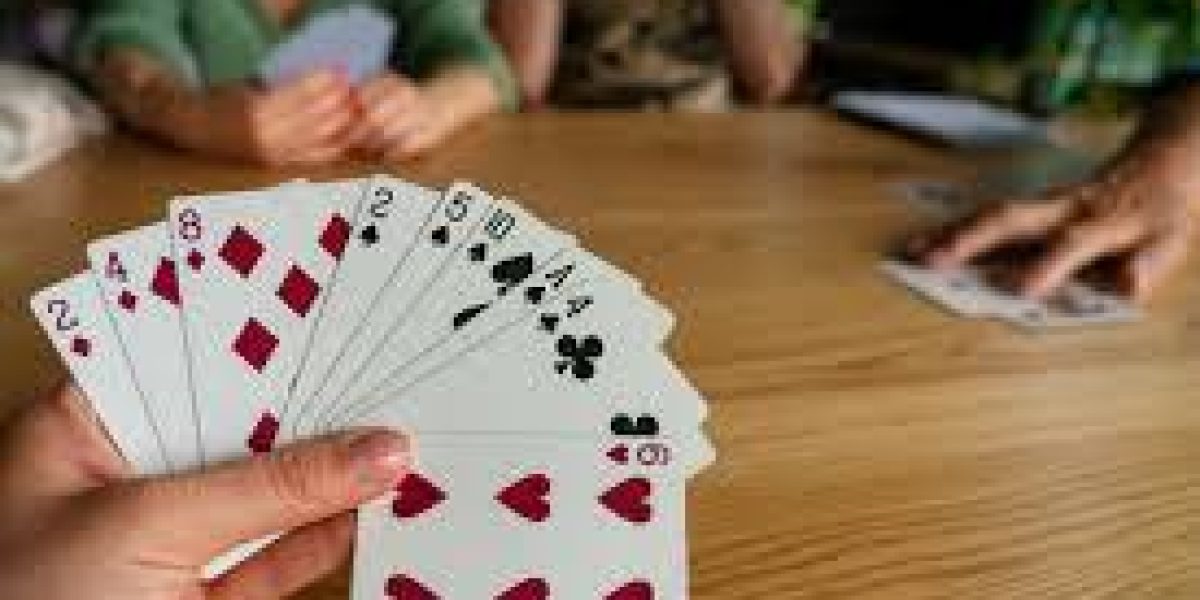Learn how RTP (Return to Player) works in online games. Understand how it affects your slot gameplay, winning chances, and long-term strategy.
Introduction: What Is RTP in Online Slot Games?
If you’ve spent any time exploring online games, especially slot games, you’ve probably come across the term RTP, or Return to Player. But what exactly does it mean? And more importantly, how does it impact your experience, winning potential, and game selection?
Whether you’re a seasoned slot enthusiast or a beginner trying to understand the mechanics of EW8 slot gaming, RTP is a crucial concept that can shape your strategy and expectations. In this article, we’ll dive deep into how RTP works, what it reveals about a game, and how it can guide you toward smarter gameplay.
What Does RTP Mean?
RTP (Return to Player) is a percentage that represents the average amount of wagered money a slot game returns to players over time. For instance, if a game has an RTP of 96%, it theoretically pays back $96 for every $100 wagered—across millions of spins.
It’s important to understand that RTP is calculated over the long term, not in a single session. So, while one player might lose $50 in a short session, another might win big, and over time, the average payout aligns with the advertised RTP.
How Is RTP Calculated?
RTP is typically calculated by the game developers during extensive testing using algorithms and simulations of millions of spins. The formula is simple:
RTP (%) = (Total Payout / Total Wagered) × 100
Let’s say a slot game accepts a total of $1,000,000 in bets and pays out $960,000 to players; the RTP would be:
(960,000 / 1,000,000) × 100 = 96%
This value becomes a key factor in determining how generous or tight a game is expected to be over time.
RTP vs. House Edge
In casino terms, RTP is the player’s share, while the house edge is the casino’s advantage. If a game has a 96% RTP, the house edge is 4%.
This means the higher the RTP, the lower the house edge, making the game more favorable for players. Conversely, a lower RTP benefits the casino more and generally results in smaller or less frequent wins.
Average RTP in Online Slots
Here’s a breakdown of typical RTP ranges in online games:
-
High RTP: 97% or more (very player-friendly)
-
Medium RTP: 94%–96% (industry standard)
-
Low RTP: Below 94% (less favorable to players)
Some classic table games like blackjack and baccarat have RTPs as high as 99% due to their structure, but slot games vary significantly based on features and volatility.
Volatility and RTP: Two Sides of the Same Coin
While RTP tells you how much you can expect back over time, volatility tells you how frequently and how much you can win. There are three main types:
-
Low Volatility: Frequent, small wins. Usually paired with high RTP.
-
Medium Volatility: A balanced risk-reward ratio.
-
High Volatility: Rare, massive payouts. Often with lower RTP.
You can’t judge a game by RTP alone. A 97% RTP game with high volatility might still result in long losing streaks before a big win.
Why RTP Matters in Online Slot Games
Understanding RTP is key for several reasons:
-
Bankroll Management: Higher RTP games help extend your playtime.
-
Winning Strategy: Know what to expect—steady returns or long-shot wins.
-
Game Selection: Choose games that align with your goals and risk tolerance.
-
Smart Play: Avoid games with low RTP unless they offer huge progressive jackpots or unique features that appeal to you.
How to Find a Slot Game’s RTP
While some platforms display RTPs openly, others may hide this detail. Here’s where to look:
-
Game Info Section: Click the ‘i’ icon or paytable button.
-
Help or Rules Tab: RTP is often listed alongside game features.
-
Slot Review Sites: Many trusted review platforms include RTP in their evaluations.
-
Game Provider’s Website: Developers like NetEnt, Microgaming, and Pragmatic Play often disclose RTP percentages.
Knowing the RTP helps you avoid games that don’t provide value, especially in competitive online games environments.
RTP in Practice: What Players Often Misunderstand
-
RTP Is Not a Guarantee: Just because a game has 96% RTP doesn’t mean you’ll get $96 back on a $100 bet every time. It’s a long-term average over millions of spins.
-
Short Sessions Are Unpredictable: You might win big or lose quickly, regardless of RTP.
-
Variance Matters: A game with high RTP but extreme volatility might be more frustrating than one with slightly lower RTP but frequent wins.
-
Bonus Features Can Affect RTP: Some slots have adjustable RTP based on bonus buy-ins or special bets. Always read the terms.
Fixed vs. Variable RTP: What’s the Difference?
Some developers offer adjustable RTP ranges (e.g., 92%–96%). Casinos can choose what RTP version to run. This means the same game could have different payout behavior depending on where you play it.
Always check if you’re playing the highest RTP version available to maximize your returns.
Real-World Example: RTP in Action
Let’s say you’re playing a game with 96.5% RTP and wagering $1,000 over a few sessions. On average, you’d theoretically get back $965. But in reality:
-
You might hit a bonus early and cash out at $1,300.
-
You might go on a cold streak and end up with $600.
-
Over time, if you play thousands of spins, your returns will hover around the expected RTP.
This is why understanding RTP helps manage expectations in online games—and avoid emotional decisions based on short-term results.
Combining RTP With Smart Play
Maximizing your slot experience isn’t just about choosing high RTP games—it’s also about:
-
Setting session budgets and time limits
-
Taking breaks to avoid tilt
-
Sticking to games that match your playstyle
-
Understanding payout structures and bonus triggers
RTP is one tool in your arsenal to become a smarter, more strategic player in the ever-evolving landscape of online gaming.
Summary: The Real Power of RTP
To recap, RTP (Return to Player) is a critical factor that shapes your experience in online slot games. It doesn’t guarantee results in every session, but it offers insight into a game’s long-term behavior. The higher the RTP, the more favorable the odds for the player—but always in combination with volatility, bonus mechanics, and smart betting habits.
Understanding RTP allows you to make informed choices, stretch your bankroll, and focus on games that provide better value and entertainment.
Final Thoughts: Knowledge Is Power in Online Games
When it comes to online games, players who understand the mechanics—like RTP—have a strategic edge. Whether you prefer low-risk games for steady entertainment or high-risk games for massive payouts, knowing the RTP helps you pick the right path.
And just like fans rally around their favorite teams, we encourage all gaming fans to support their favorite league—where strategy, skill, and competition come together to create unforgettable moments.











